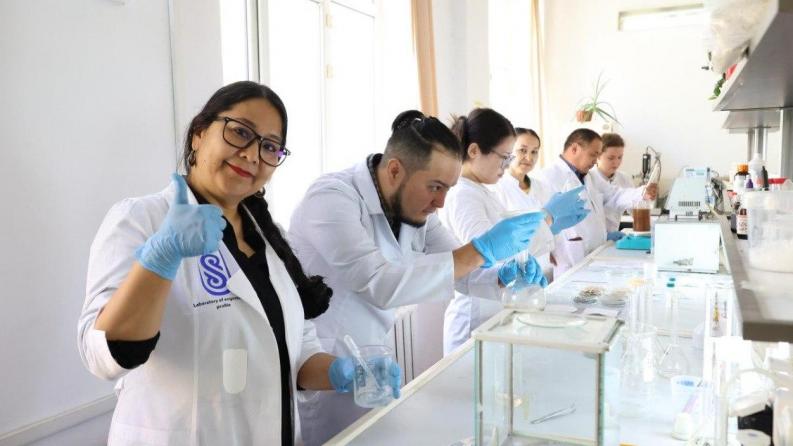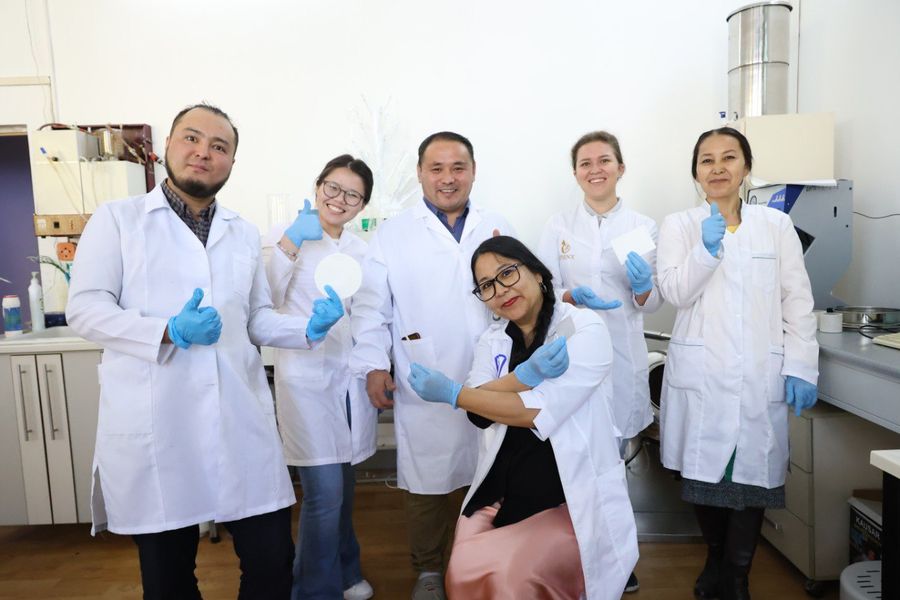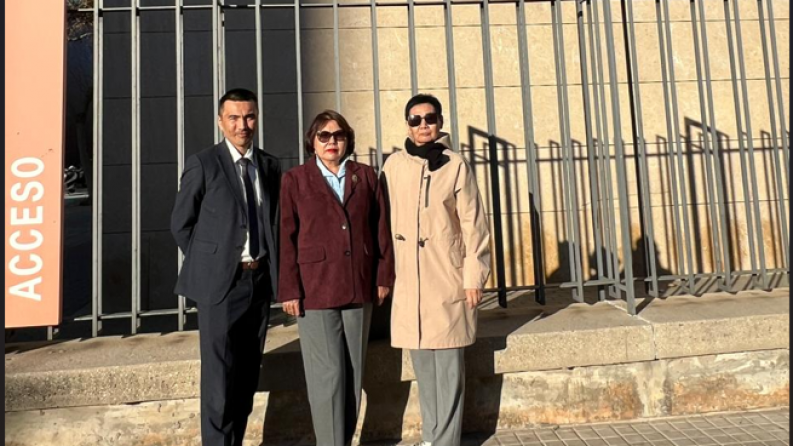Satbayev University scientists have developed the "green" technology for obtaining the microcrystalline and nano-cellulose for producing the paper from agricultural waste

Satbayev University’s scientists have developed the “green” technology for extracting the microcrystalline cellulose due to the “soft” way based on the organ solvent method from agricultural waste, in particular from sunflower seed husks, rice and soy husks. According to the study results, the cellulose yield comprises more than 50%.
Currently, under the leadership of associate professor Kabdrakhmanova Sana Kanatbekovna, there was formed a scientific school at Satbayev University in the field of synthesis of microcrystalline and nano-cellulose from agricultural waste and annual plants, as well as the production of biodegradable hydrogel and film materials from them. Intensive research is underway to develop nanocomposite biomaterials used in the fields of agriculture, medicine, oil industry and energy.
Cellulose, obtained by scientists, has a very high potential for evolving the paper production in Kazakhstan. Processing of agricultural waste using "green" and "soft" methods frees our country from importing raw materials necessary for paper production and opens the way to obtaining the paper applying an environmentally and economically profitable method.
It should be noted that microcrystalline cellulose and nano-cellulose, in addition to paper production, have a wide range of applications in making food, pharmaceuticals, the oil industry, energy, chemistry and biopolymers. This is owing to the fact that this material is environmentally-friendly, biocompatible, has an unlimited supply of raw materials and has a low cost.












